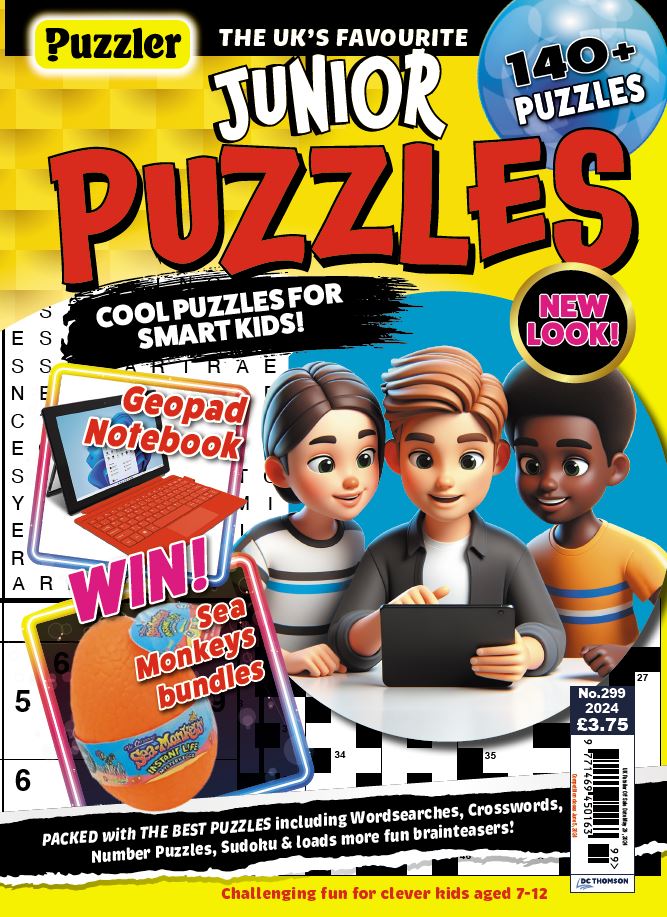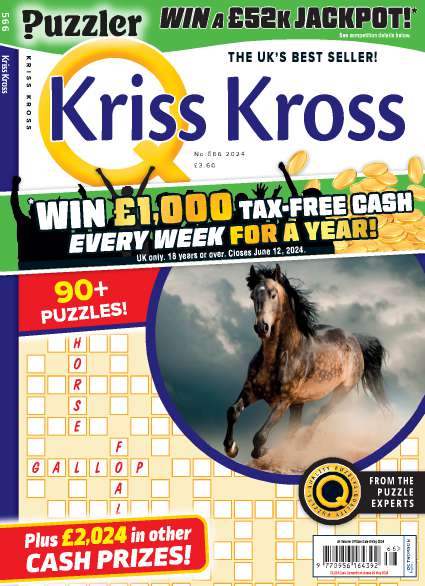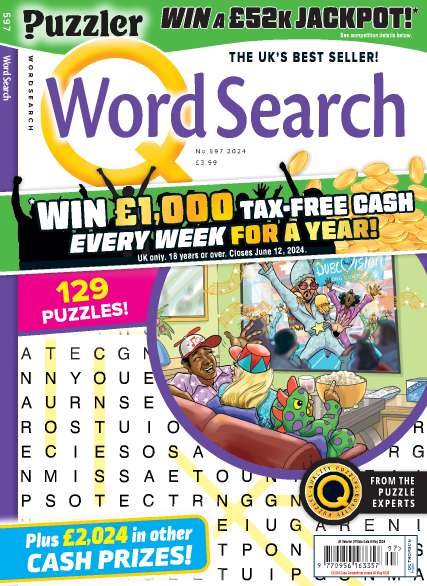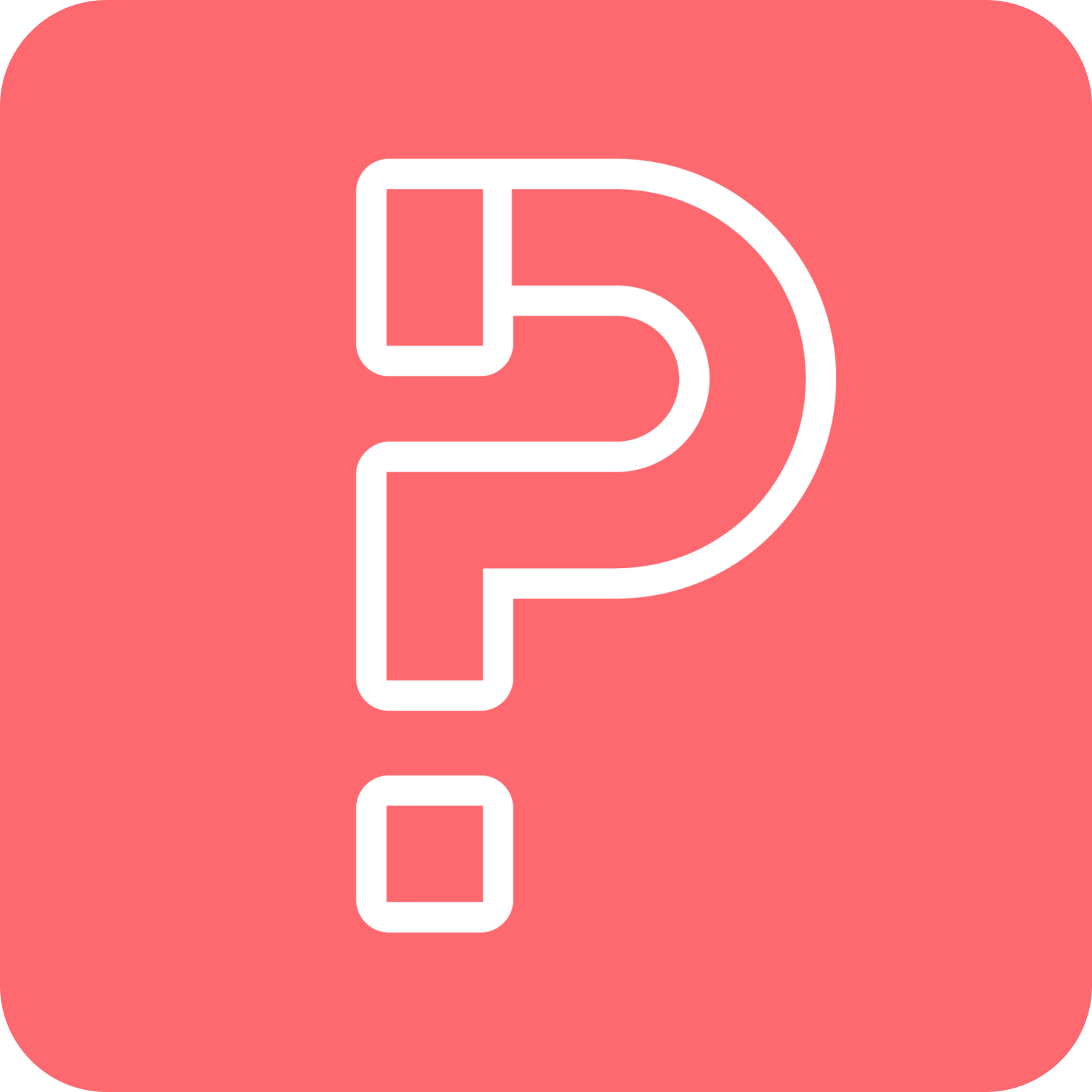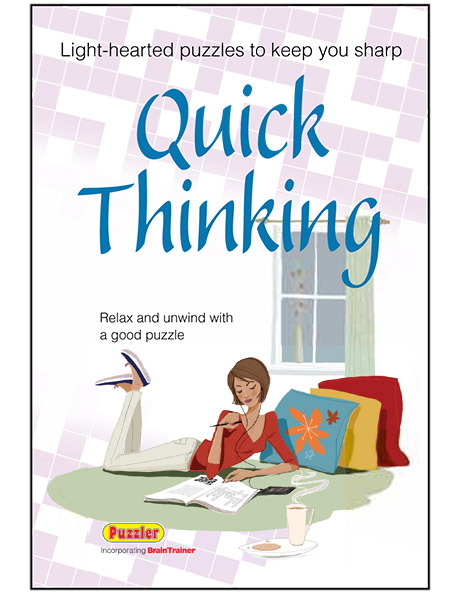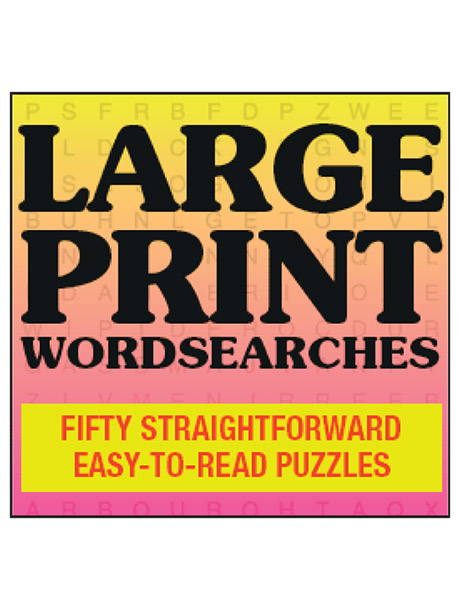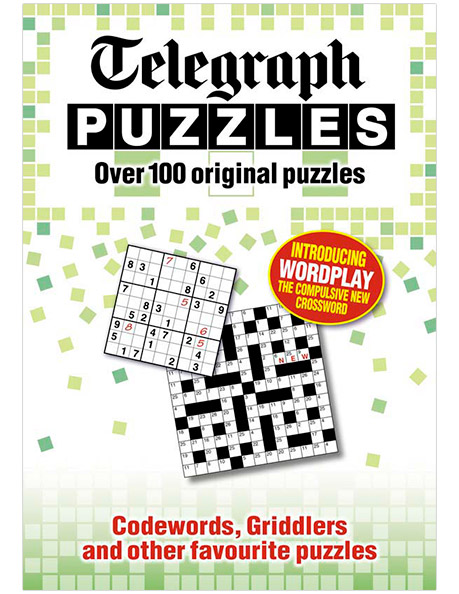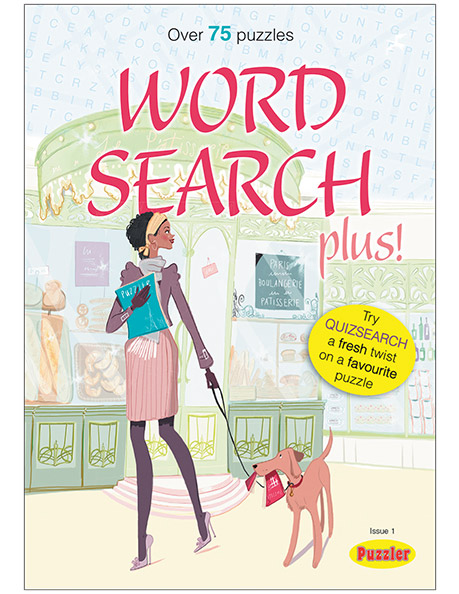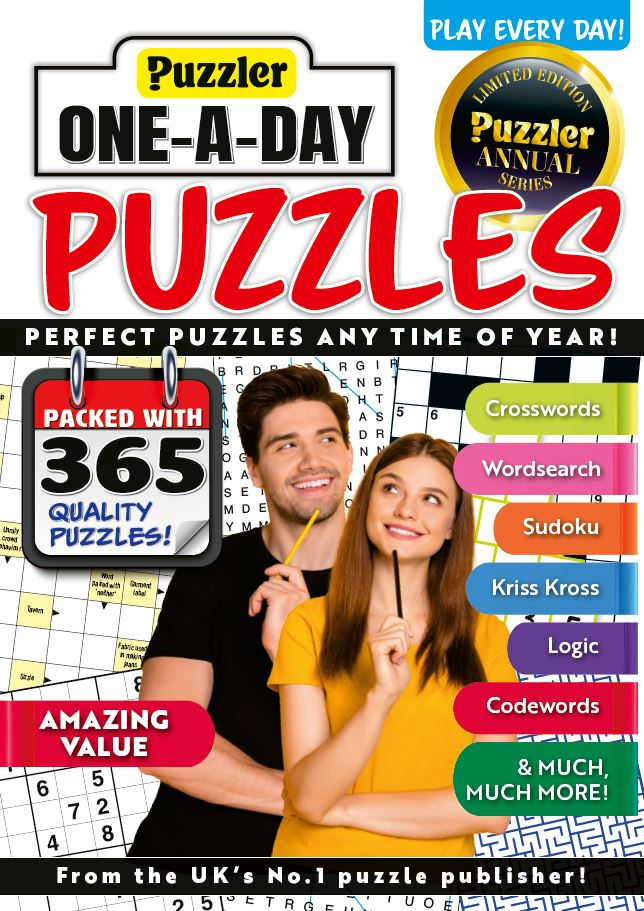Wordsearch
Also Known As:
Find-A-Word, Hide And Seek, Hide 'n' Seek, Search Me
Wordsearch is possibly the most popular of all puzzles and can be found everywhere, in newspapers, magazines, newsletters, leaflets, text-books, games machines, advertisements.
It is rather more difficult to find a good wordsearch puzzle. In fact, many people will be baffled by the very idea that there can be such a thing as a good wordsearch. Aren't they all the same? Well, no.
For starters, many wordsearch puzzles look awful. Designers like to play with wordearch puzzles, to make them appear more interesting. They forget that puzzle design, above all else, must be functional. Puzzlers don't want quirky fonts in rainbow colours, or heavy colours in the background. Puzzlers do want fonts to be the right size – not too big, or too small – and they do want equal spacing between the letters in the rows and columns; to be precise, they want exactly the same spacing between letters in rows and letters in columns, so that it is possible to draw a diagonal at 45° through the letters in the grid. The reason is obvious: some of the words to be found will lie along a diagonal line. If that diagonal is too steep, because the columns are too close together, or too shallow, because the columns are too far apart, the words are harder to find.
The puzzles aren't always good, either. Sometimes, the flaws are basic as, for example, when there are too few words for the size of the grid, so the reader must hunt for a needle in a haystack. More often, the faults are the result of laziness, as when words are poorly positioned. In a straightforward puzzle, words can be hidden in eight directions (north to south, south to north, north-east to south-west, etc) and a solver should expect a reasonable number of the words to run in each of the eight directions. It is disappointing to find that a majority of the words in a puzzle lie in the same direction.
Other common problems are the result of a lack of effort. For example, it's often clear that insufficient care is taken with dummy letters (the letters that aren't part of any of the words in the list). This can lead to one of two problems: either there are heaps of Xs and Qs in a puzzle, or additional words are created that really shouldn't be there, at all; it's quite common to find obscenities in wordsearch puzzles, because the compiler hasn't taken sufficient care. You may remember the story of the young sub-editor who had been entrusted with the creation of a wordsearch. He used the leftover letters in the grid to spell out his enthusiasm for the task: IHATETHISFRICKINGJOB. Readers were suitably impressed.
There are just so many ways to go wrong, when creating any puzzle, but particularly a wordsearch; or so it seems – but this may just be because so many non-puzzlers attempt to make them.
Having said this, there are plenty of good puzzles that do follow the basic rules of construction and design. Good compilers do their utmost to make the word-lists interesting and amusing. Dedicated solvers appreciate the thought that lies behind the puzzles.
When compilers start to think about wordsearch puzzles, they sometimes employ devices that make the puzzles more challenging. For example, it is possible to employ only the letters used for words in the word list as dummy letters. It is also possible to introduce false trails.
Extra dimensions can be added, too. The solver may asked to discover which of the listed words is not in the grid; or to find an extra word in the grid (ie, one that isn't on the word list, but is connected with the theme of the list). One of the most appealing variants is one in which the unused letters in the grid (ie, the so-called dummy letters) spell a message.
There are many other possibilities. For example, the words may not run in straight lines in the grid, but be laid down in the shape of a letter O. The grids may not be simple boxes, but designed in any shape. Almost anything is possible – and sometimes, that's precisely the problem.
The first wordsearch puzzle is generally credited to Norman Gibat, and was published in the 'Selenby Digest' on 1 March 1968.
Instructions
Can you locate all of the listed words that are hidden in the grid?
Related Puzzles
Kross-Filler Pathfinder QuizsearchFeatured In
Related Products

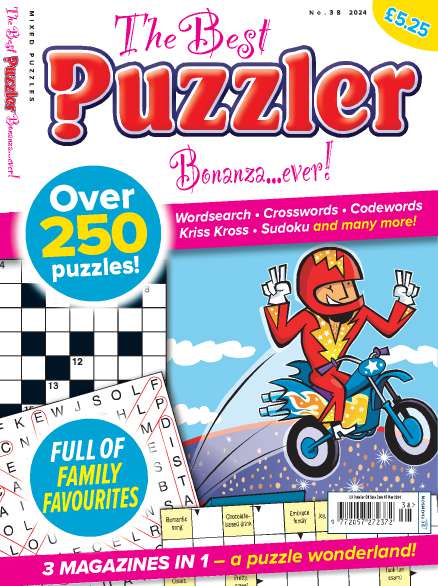

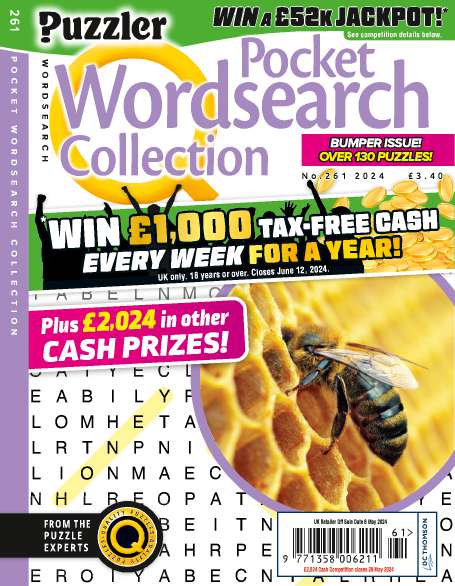
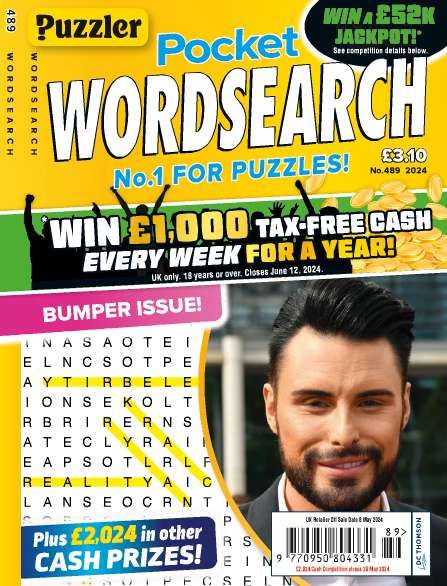
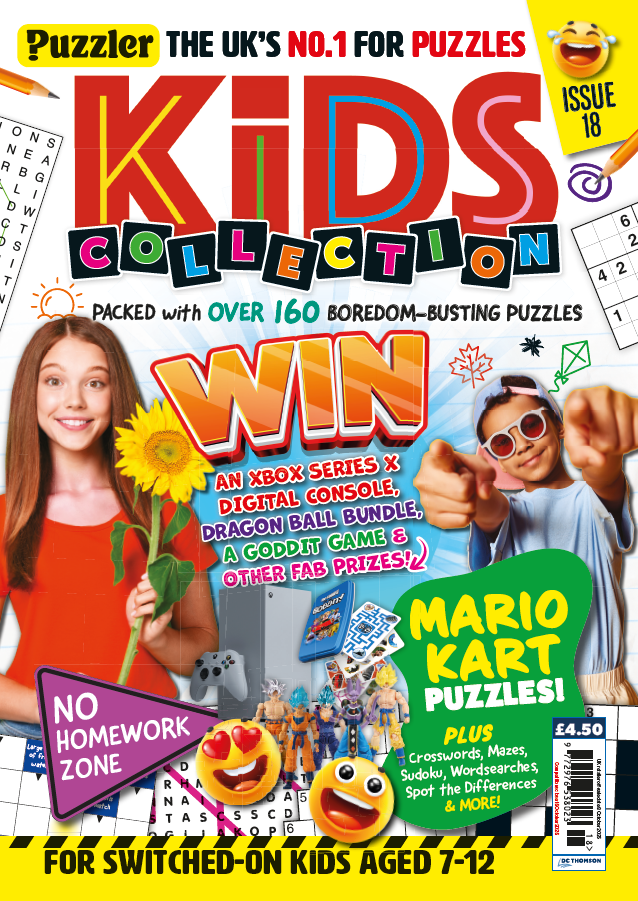

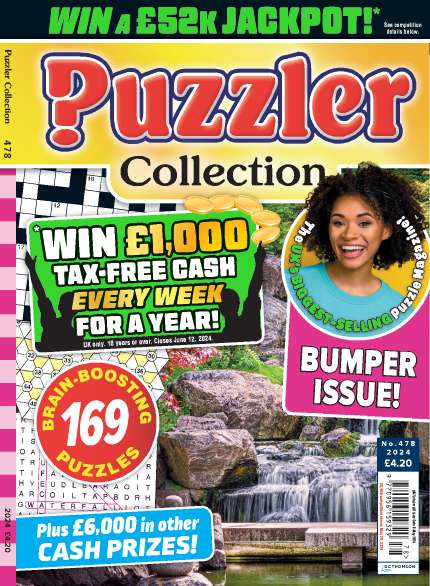

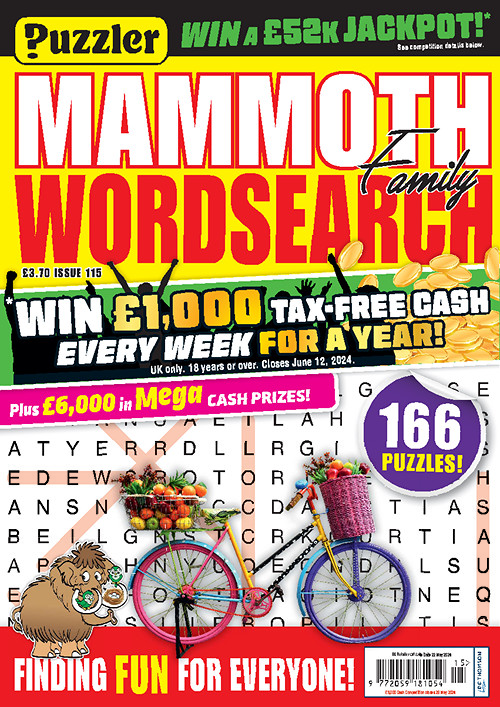


%20may%202024%20on/subs%20product%20pages/Puzzler-Wordsearch-Magazine-subscription-(aug).png)
